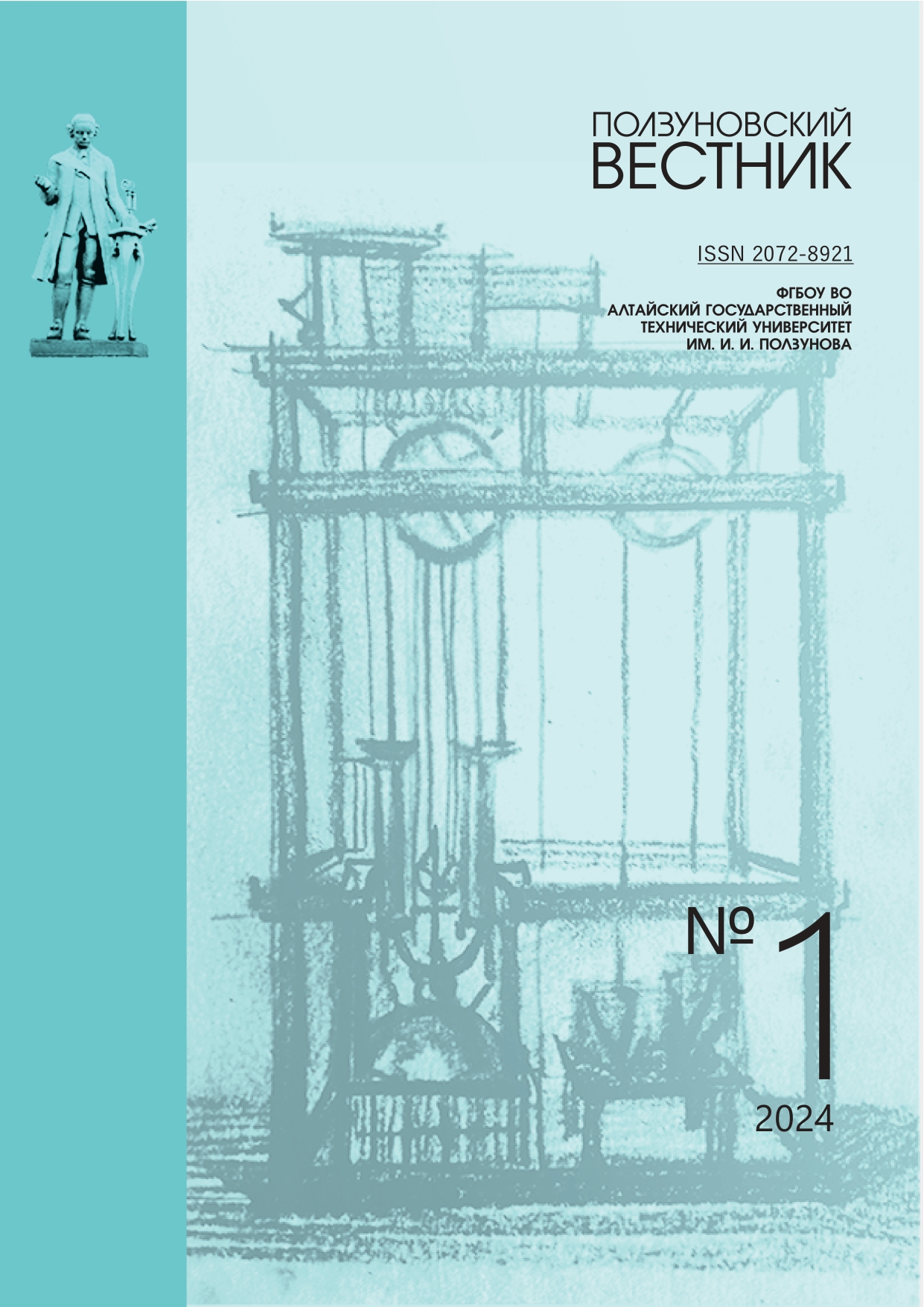DEVELOPMENT OF A METHOD FOR PRODUCING TITANIUM DIOXIDE ALLOYED WITH COPPER TO CREATE MEMRISTOR MEMORY ELEMENTS
CBGBPZ
DOI:
https://doi.org/10.25712/ASTU.2072-8921.2024.01.029Abstract
Every year, the amount of digital information in the world increases nonlinearly. This trend makes it necessary to search for new modern memory elements, which requires solving problems of materials science, in particular, the development of technology for deposition of thin dielectric films with fundamentally new properties due to electromigration of oxygen vacancies or metal atoms in them. The paper presents the results of development of deposition process and research of titanium dioxide films modified (doped) with copper for creation of memristor structures on their basis. Their volt-ampere characteristics and resistive switching effect are studied. It is found that the proposed method of titanium dioxide preparation leads to a significant improvement of the basic memristive characteristics in comparison with memristive devices based on titanium dioxide without copper modification. In particular, it is demonstrated that the use of these films in the structure of the memristive memory element allows increasing the ratio of the state with high electrical resistance to the state with low electrical resistance by more than 102 times.
References
Strukov D.B. [et al.]. The missing memristor found // Nature 2008. Т. 453. № 7191. С. 80‒83. DOI: 10.1038/nature06932.
Yang J.J., Strukov D.B., Stewart D.R. Memristive devices for computing // Nature nanotechnology. 2013. Т. 8. № 1. С. 13–24. DOI:10.1038/nnano.2012.240.
Yang R. Review of resistive switching mechanisms for memristive neuromorphic devices // Chinese Physics B. 2020. Т. 29. № 9. С. 097305. DOI: 10.1088/1674-1056/aba9c7.
Matsukatova A.N. [et al.]. Memristors based on poly (p-xylylene) with embedded silver nanoparticles // Technical Physics Letters2020Т. 46. С. 73‒76. DOI: 10.1134/S1063785020010277.
Privezentsev V.V. [et al.]. Study of Memristors Based on Silicon-Oxide Films Implanted with Zinc // Journal of Surface Investigation: X-ray, Synchrotron and Neutron Techniques. 2022. Т. 16. № 3. С. 402‒407. DOI: 10.1134/S1027451022030314.
Li W. [et al.]. Design of high-performance memristor cell using W-implanted SiO2 films // Applied Physics Letters. 2016. Т. 108. № 15. DOI:10.1063/1.4945982.
Ismail M. [et al.]. Enhancement of resistive switching performance by introducing a thin non-stoichiometric CeO2-x switching layer in TiO2-based resistive random access memory // Applied Physics Letters. 2019. Т. 114. № 1. DOI: 10.1063/1.5066586.
Miao F. [et al.]. Anatomy of a nanoscale conduc-tion channel reveals the mechanism of a high‐performance memristor // Advanced materials. 2011. Т. 23. № 47. С. 5633–5640. DOI: 10.1002/adma.201103379.
Stewart D.R. [et al.]. Molecule-independent elec-trical switching in Pt/organic monolayer/Ti devices // Nano Letters. 2004. Т. 4. № 1. С. 133‒136. DOI:10.1021/ nl034795u.
Chua L. Memristor-the missing circuit element // IEEE Transactions on circuit theory. 1971. Т. 18. № 5. С. 507–519. DOI: 10.1109/TCT.1971.1083337.
Downloads
Published
How to Cite
Issue
Section
License
Copyright (c) 2024 Arthur E. Urazbekov, Pavel E. Troyan, Yuri V. Sakharov

This work is licensed under a Creative Commons Attribution 4.0 International License.
















 .
. This work is licensed under a
This work is licensed under a 
